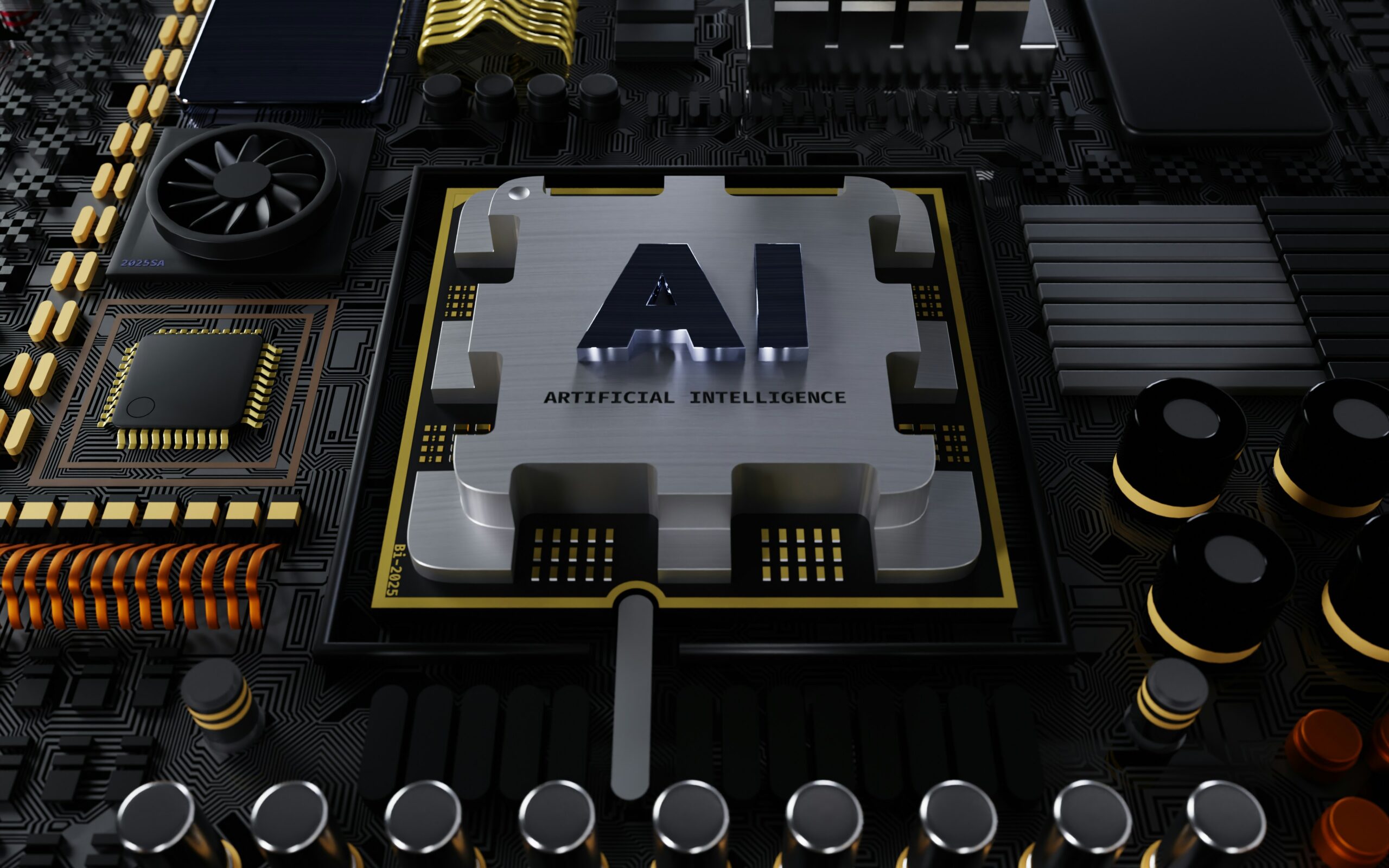Mike Arnold, Accuris’ Senior Director of Product and Technology, talks about digital threading, model-based systems engineering, and how AI plays a critical role in both. You can watch the full video here or read a summary of Mike’s answers below.

An industry-leading artificial intelligence expert, Mike Arnold is responsible for addressing engineering firms’ greatest challenges with cutting-edge technology – all while helping us understand the benefits and limitations of emerging technology like AI.
Mike, can you briefly explain what digital threading and model-based systems engineering (MBSE) are and why they’re important in today’s engineering environment?
Let’s start with MBSE, which has been around for 15+ years – but we’re seeing a big uptake as technology starts to grow. When we talk about MBSE, we’re referring to an engineering approach that uses models instead of traditional documentation to define, design and manage systems.
Think about engineering a car. Instead of passing around a paper document with specifications, engineers can look at a model of exactly how that engine fits in, how the doors connect to the car, how the electrical wiring components fit into that vehicle. All of this leads to more accurate decision-making for engineers. It reduces costs, reduces error and ultimately shortens the product lifecycles.
Digital threading is an important part of MBSE. Digital threading refers to the framework that integrates data and information throughout the product lifecycle. It’s the connective tissue that brings that data together to provide those real-time insights for engineers as they work through the MBSE environment.
AI is everywhere these days. What kind of benefits do the combination of AI and digital threading bring to engineering organizations in particular?
AI provides us the ability to create digital threads where it was often difficult before.
Think about going from a document-based engineering process to a model-based engineering process. We need to somehow convert that text-based information into digital information that our PLM, ALM and modeling systems can understand. AI can take unstructured data and make it into semi-structured or structured data that these systems use. AI allows us to take large amounts of data very quickly and make it usable in a machine-readable language.
When we think about the process of AI and the digital thread together in a design perspective, it helps optimize design processes.
Imagine being able to make trade-offs in real time, linking to a parts database and asking it, ‘if I trade out this part, what happens to my model?’ The ability to do that predictive analysis is dependent on the technology in AI, but also the digital thread to be able to connect the information into that model to make those decisions.
Think about it from a maintenance perspective. When we talk about predictive maintenance systems in aerospace, if they rely on digital twins, they know by how many flight hours they need to replace a part, change the oil, or inspect the turbines. That’s where digital threading and AI really start to come together and drive a lot of value for engineers.
What challenges might organizations face when implementing digital threading and how can they overcome them?
A big challenge engineers face is data silos – and figuring out how to tap into them.
Let’s take an example of the airline industry. Airplanes are in service for decades. For an older plane, information from when it was built was written down on paper documents. Now it’s scanned into PDFs but they sit in archives. How do engineers access that information to learn about the maintenance or upkeep of those planes? That is a data silo. The data is literally sitting in a file cabinet.
The complexity and scale of that gets complicated when you think about millions of documents with billions of requirements. The scale at which a human can comprehend that information is limited.
AI allows us to process this data quickly, generate and derive insights from the data, and make connections, which ultimately leads to faster turnaround times and more efficiency. Engineers can spend less time trying to understand the information and more time on highly valuable decisions that can drive their product to be better.
What kinds of trends do you see emerging at the intersection of digital threading, MBSE, and AI in the next few years?
As technology continues to grow and we become more comfortable with its benefits to the product lifecycle, we can evolve and optimize designs much faster. Think about continuously iterating a design over and over again – quickly – to get to the most optimal product possible. That’s something AI can help us do.
Real-time ‘digital twins’ (digital models of products, systems or processes) will continue to evolve and help us make critical decisions in real time or even stop problems from occurring.
As our ability to harness that processing power increases, the ability to look at advanced analytics and their effect on your product is only going to become more and more sophisticated, and more information will be at our fingertips to make decisions faster.
We’re at a point where technology is improving faster than companies can implement it. The horizon is exciting, but the challenges are keeping up with the technology, implementing it the right way, and getting the benefits you want to realize.
If you would like to learn more about Accuris and how we can help engineering organizations approach digital threading and digital engineering, subscribe to our newsletter or get in touch with us here.

